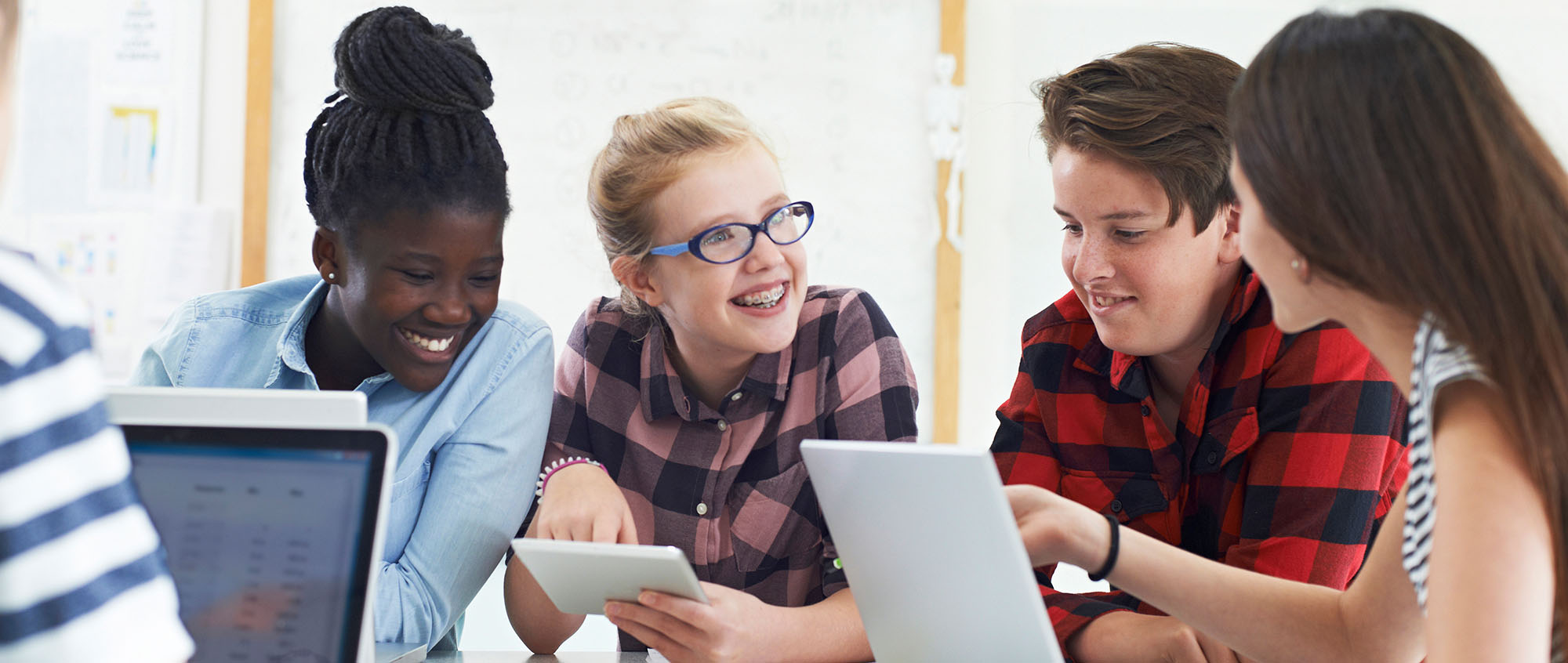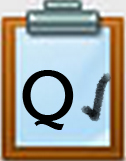Gold Quest-Classroom Collaboration: Presentation & Action
Steps Continued
Step 3: Collaboration: Identify and split up the research needed.
a. Agree on future dates and/or methods for collaboration
b. Set target date(s) for completion of your research
Step 4: Share and evaluate the findings and research links in your shared document
Step 5: Based on the research you completed, collaborate and brainstorm potential solutions for each of your locations.
Step 6: Write up your specific solution(s) or action plan(s) with steps and a timeline.
Step 7: Identify a target audience (school council, parent group, local business group, other students) that is important to taking action on the issue.
Step 8: Create a presentation (on your own or with your collaborators) that is backed up by research for your audience and share it.
Step 9: Take action on your solution! Be ready to share your results.

Competencies & Standards
MITECS Michigan Integrated Technology Competencies for Students, and
3. Knowledge Constructor
a. Plan and employ effective research strategies to locate information and other resources for their intellectual or creative pursuits
b. Evaluate the accuracy, perspective, credibility and relevance of information, media, data or other resources
c. Curate information from digital resources using a variety of tools and methods to create collections of artifacts or solving authentic problems
d. Build knowledge by actively exploring real-world issues and problems, developing ideas and theories and pursuing answers and solutions
6. Creative Communicator
c. Communicate complex ideas clearly and effectively by creating or using a variety of digital objects such as visualizations, models or simulations
d. Publish or present content that customizes the message and medium for their intended audiences
7. Global Communicator
a. use digital tools to connect with learners from a variety of backgrounds and cultures
b. with guidance from an educator, students use technology tools to work with friends and with people outside their neighborhood, city and beyond
c. contribute constructively to project teams, assuming various roles and responsibilities to work effectively toward a common goal
d. Students explore local and global issues and use collaborative technologies to work with others to investigate solutions




